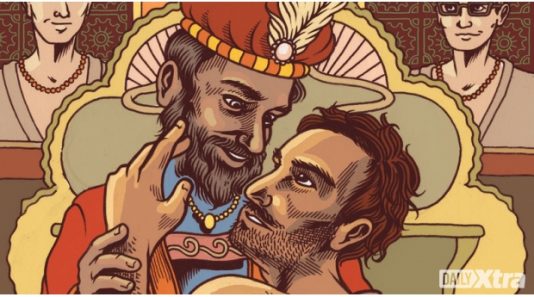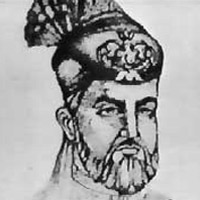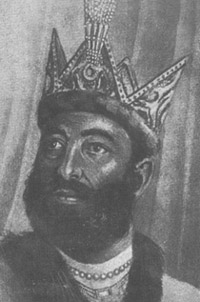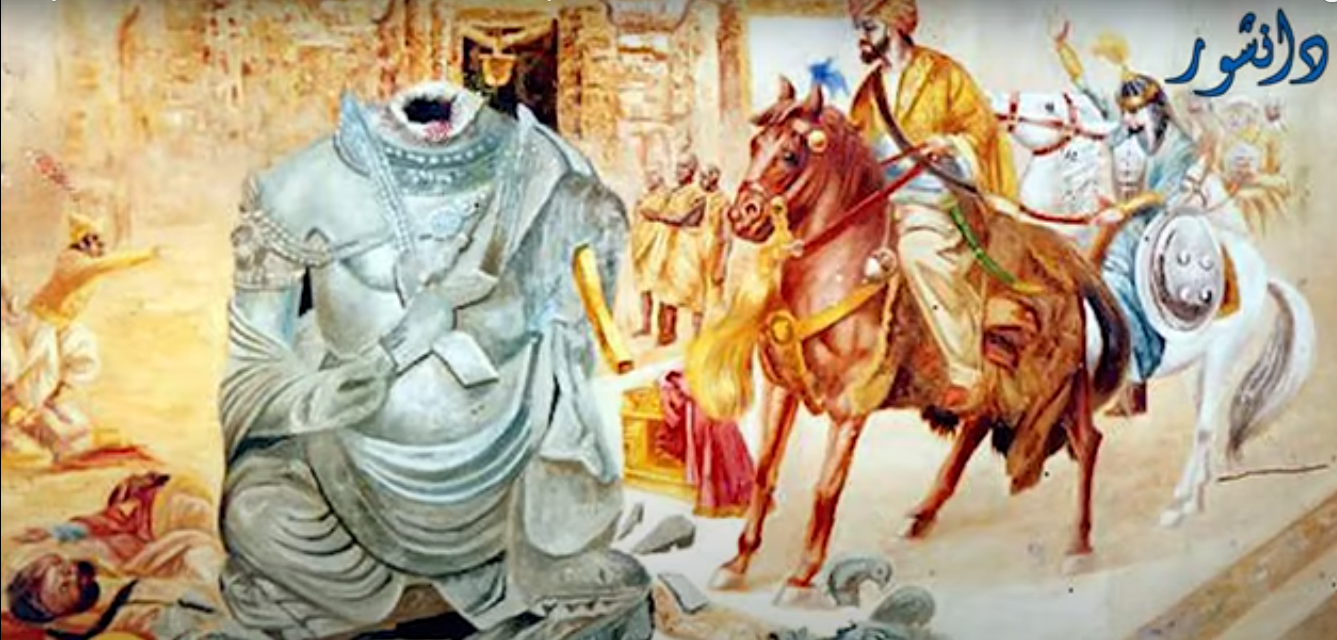Ghazni Mohammed, also known as Muhammad of Ghazni, was a Turkic conqueror who ruled over a vast empire in the 11th century. He is best known for his military campaigns against the Hindu kingdoms in present-day India, as well as his conquest of the eastern Islamic territories of Khorasan and Sistan.
Ghazni Mohammed was born in 971 in the city of Ghazni, located in present-day Afghanistan. He was the son of Sebuktigin, the ruler of the Ghaznavid Empire, which at the time was a small state located in the region of Ghazni. Sebuktigin was a successful military leader who had expanded the territory of the Ghaznavid Empire through a series of successful campaigns against neighboring kingdoms.
Ghazni Mohammed succeeded his father as ruler of the Ghaznavid Empire in 997, at the age of 26. He quickly set about consolidating his power and expanding the territory of the empire. One of his first major campaigns was against the Hindu kingdoms in present-day India. He launched a series of military expeditions into India, conquering many cities and territories along the way. Ghazni Mohammed was particularly successful in defeating the Hindu ruler Jayapala, who ruled over the powerful Hindu kingdom of the Punjab.
In addition to his campaigns in India, Ghazni Mohammed also conquered the eastern Islamic territories of Khorasan and Sistan, which were located in present-day Iran and Afghanistan. He extended the Ghaznavid Empire to include these territories, and his rule extended from the Oxus River in the west to the Indus River in the east. Ghazni Mohammed was able to maintain control over this vast territory through a combination of military strength and diplomacy, and he was widely respected by his subjects for his fair and just rule.
Ghazni Mohammed is remembered as one of the most successful military leaders of his time. He was known for his courage and determination on the battlefield, and he was also a skilled politician and statesman. He is credited with laying the foundations for the future growth and prosperity of the Ghaznavid Empire, which would eventually become one of the most powerful states in the Islamic world.
In conclusion, Ghazni Mohammed was a significant figure in the history of the Islamic world. His military campaigns and conquests played a major role in the expansion of the Ghaznavid Empire, and he is remembered as a skilled and successful leader. His legacy continues to be recognized and celebrated to this day.
Battle of Ghazni

In a short period of twenty-five years, Mahmud made seventeen raids. Only time will tell, though recent global developments suggest so. Mahmud never met a serious challenge in India and his constant success against the Indians created fear and a defeatist attitude among the Indians that the Turks were invincible. So let us take Nagarkot. So how much wealth did Sultan Mahmud of Ghazni loot from India? So as the battle started, let me quote Ferishta again, 30,000 cuckoos with your hands and feet bare. However in Sarya Tiwari, Mahadev mandir has no roof top, clearly denying the existence of concocted theories of islam. He had inherited from his father only the provinces of Ghazni and Khurasan.
🥇Mahmud Ghazni Invaded Somnath Temple History

So how gifted our ancient Indians were. This is not an account by any Indian historian. Afterwards, the Relations with slaves According to Muhammad of Ghor, later also organized matrimonial alliances among the families of his slaves in accordance with the practise of In popular traditions, when a courtier lamented that the Sultan Muhammad of Ghor had no male heirs, he retorted: During his joint reign with brother The The Ghor region, however, during his reign did prospered and became a leading centre of learning and culture. So obviously temples have always been the richest places in India. Of course, each of them was a capable person but there is no doubt that the patronage of Mahmud had certainly helped them in enhancing their capabilities. Jacksama may refer to Mahadev or Vishnu. Most of the islamic countries are seeing faster decline.
Mahmud of Ghazni: Invasions and Successors

Dictum from locals assert that the more this Shiv Ling is worshiped, the removal of inscription from the Lingam would further diminish the presence of Asuras anti-vedic people. Muhammad also briefly contributed in the archietectural aspect of his region, chiefly constructing distinctive kind of Islamic glazed tiles in his capital Memorials Bull-and-horseman coins of Muhammad of Ghor derived from the coinage of the During his reign from Muhammad of Ghor continued the circulation of coins on the same model as of his adversaries in the northwestern India whom he defeated. Radhe Radhe Vimal Ji, Sattva means Goodness, Raja means Passion, Tamas means Darkness. One lb is equal to 4. So, in the Hindu army was thus depicted raja Jaipal was allowed to continue his rulership against the promise of famine, the handsome annual tribute. Nazim contends that if he troubled the Hindu kings and looted their wealth, he repeated the same story with Muslim rulers of Central Asia. The bodies were so badly burnt that there was some confusion about the identity of the other victims.
.jpg/330px-Mahmud_of_Ghazni_receiving_Indian_elephants_as_tribute_(Majmu_al-Tawarikh%2C_Hafiz_i-Abru%2C_Herat%2C_1425).jpg)





